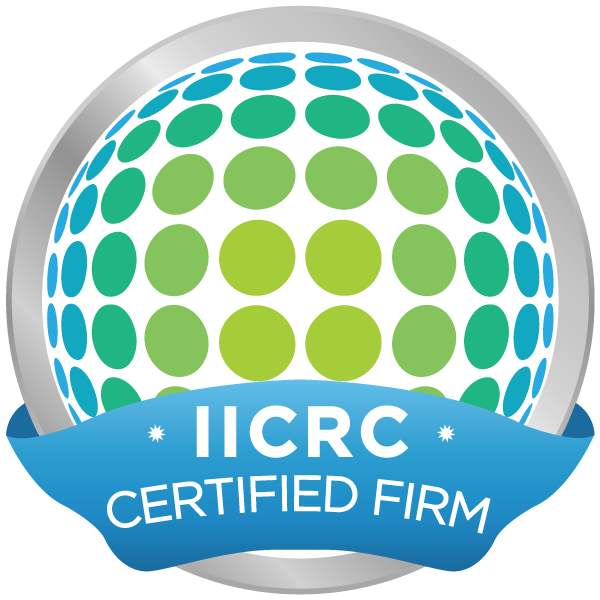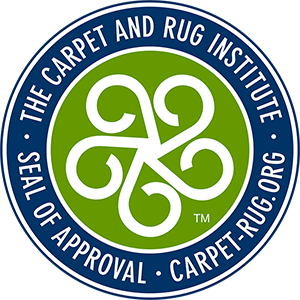
The Difference Between an Oriental and A Persian Rug
Do You Have an “Oriental” rug or a “Persian” Area Rug?
Are you in the market for an exquisite, authentic rug? If so, you’ve probably come across two significant terms: Oriental and Persian. But what do these terms mean? Are Oriental rugs and Persian rugs the same thing, or do they signify different styles or origins? Let’s dive deep into the intricate world of rugs and unravel the difference between Oriental and Persian rugs.
What is an Oriental Rug?
Oriental rugs are a broad category of rugs that originate from the “Orient” Iran” or Asia. This includes countries like India, China, Turkey, Tibet, Nepal, and, yes, even Iran (Persia). Each of these regions produces rugs with distinctive designs, materials, and weaving techniques. Oriental rugs are known for their intricate patterns, high-quality materials, and traditional weaving methods.
What is a Persian Rug?
Persian rugs, on the other hand, are a subcategory of Oriental rugs. These rugs specifically originate from Iran, previously known as Persia. Persian rugs are famous for their complex, symmetrical patterns and rich, deep color palettes. These rugs are often considered the gold standard of the Oriental rug world due to their high-quality craftsmanship and long history.
Main Differences Between Oriental and Persian Rugs
Origin: The primary difference between Oriental and Persian rugs lies in their origin. All Persian rugs are Oriental, but not all Oriental rugs are Persian. If a rug comes from any Asian country, it’s Oriental. But to be Persian, it must come from Iran.
Oriental rugs encompass a wide range of handwoven carpets from various regions across Asia, including China, India, and Turkey. Persian rugs, on the other hand, are a specific subset of Oriental rugs, originating from the historical region of Persia (now modern-day Iran).
Design: While both types of rugs are known for their intricate patterns, Persian rugs typically feature more complex and detailed designs. These patterns often include floral motifs, geometric shapes, and symbolic elements, such as the Tree of Life, representing the rich history and culture of Persia. Oriental rugs, on the other hand, display a wider variety of patterns influenced by the diverse regions from which they originate.
Oriental rugs from other regions may also have complex designs, but these can vary greatly. For instance, Turkish rugs often display geometric patterns, while Chinese rugs may have more pictorial designs.
Both Oriental and Persian rugs are crafted from high-quality materials like silk, cotton, and wool. However, Persian rugs often utilize a unique type of wool known as “kork” or “kurk,” which is taken from the neck and chest of sheep. This fine, soft wool offers exceptional durability and a luxurious feel, setting Persian rugs apart from their Oriental counterparts.
Knotting Techniques: Persian rugs are usually made using a single looping knot called the “Senneh” knot or “Persian” knot. Other Oriental rugs, especially those from Turkey, use the “Ghiordes” or double knot technique.
The weaving techniques used for creating Oriental and Persian rugs are similar, with both types typically made using a hand-knotted process. Persian rugs, however, are often considered more intricate and time-consuming to produce, as they feature a higher knot count per square inch compared to most Oriental rugs. This results in greater detail and durability, contributing to the coveted status of Persian rugs.
Materials: Both Oriental and Persian rugs use high-quality materials like silk, cotton, and wool. However, Persian rugs often feature more luxurious materials, like high-grade wool from Iran or silk for finer, more expensive rugs.
Dye: Traditionally, Persian rugs use natural dyes extracted from plants and insects, giving them their rich and deep colors. While many Oriental rugs also use natural dyes, some regions have adopted synthetic dyes for cost efficiency and color variety.
Persian rugs are known for their distinctive color palettes, often featuring deep reds, blues, and golds. Oriental rugs may have similar colors but also incorporate a broader range of hues, reflecting the diverse artistic traditions of their regions of origin.
So, are Oriental and Persian rugs the same thing? In short, no.
In conclusion, while Persian rugs fall under the broad umbrella of Oriental rugs, they are not the same. Each rug type possesses its own unique characteristics, reflecting the rich cultural heritage of its origin. Whether you opt for a Persian rug’s time-honored elegance or another Oriental rug’s distinctive charm, you’ll be investing in a piece of art that can add warmth, beauty, and luxury to your home.
When shopping for a rug, remember these differences to ensure you’re making an informed decision. Take your time to appreciate the craftsmanship, history, and artistry woven into each thread.
This blog post is a summary of an interview we conducted with our Rug Master, Troy Lusk, to help rug owners distinguish between “Oriental” and “Persian” rugs.
As the owners of Oriental Rug Salon, we often have clients tell us they have an “Oriental” rug when in fact they have a “Persian” rug. Many rug owners don’t know the difference between these beautiful textiles and are often happy to learn.
Oriental Rug Salon is a full-service area rug cleaning company specializing in wool and silk area rug cleaning, restoration, repairs, and appraisals. We are a Certified Partner with the prestigious Institute of Inspection, Cleaning and Restoration Certification (IICRC) and the International Carpet & Rug Institute (CRI). We are a WoolSafe Approved Service Provider and a Rug Master supervises our operations.
Follow us on Facebook at https://www.facebook.com/OrientalRugSalon/ for tips and tricks on rug care and historical information on different kinds of rugs or follow up on our website at https://orientalrugsalon.com/. You can also reach us by phone at 239-424-8171.



